Gray Fox Facts
- This somewhat diminutive but still fascinating creation of Nature most frequently goes by the partially descriptive common name of the Gray Fox. The marvel also has several other alternates, though, These monikers include the maned fox, tree fox, and common gray fox.
- Its formal name, however, remains significantly harder to pronounce, perhaps even for experienced many professionals. That’s because the official term applied to this marvelous mammal in the halls of science lists as the tongue-twisting term Urocyon cinereoargenteus.
- The visually distinctive species further received this hard to utter appellation due to the work of the respected German naturalist, Johann Christian Daniel Schreber. He accomplished the first official recognition of the animal as a separate and distinct species, in the year 1775.
- Intriguingly, at least from a scientific standpoint, the creature represents one of only two members of its genus, Urocyon. Both it and the other representative genetically constitute the closest known surving species, out of all known canids, to a single common ancestor.
- For the moment, the beautiful Gray Fox appears to be maintaining a population base that’s both stable and sufficient. The IUCN, therefore, currently lists the canine as Least Concern on its Red List. That holds true despite a reduced population in certain portions of its range.
- This marvel of Nature and evolution nevertheless faces some potential threats to its continued existence. Habitat loss, predominantly due to human encroachment naturally presents a problem. The greatest threat it faces, though, most likely consists of ongoing climate change.
Related Articles
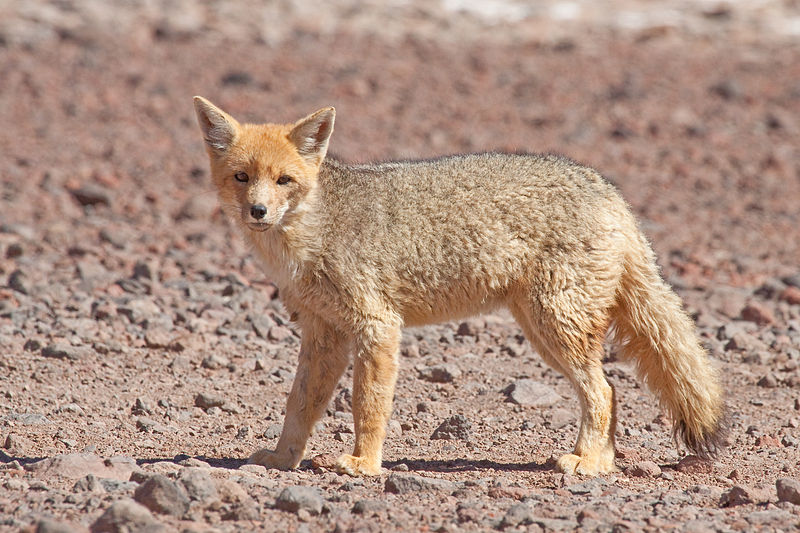
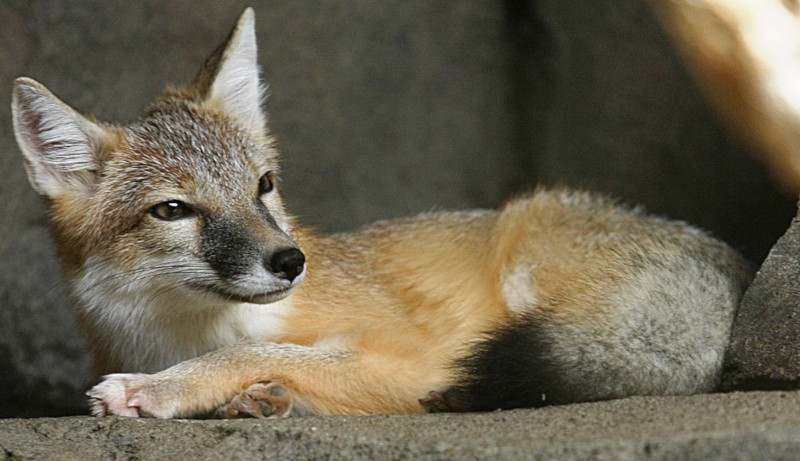
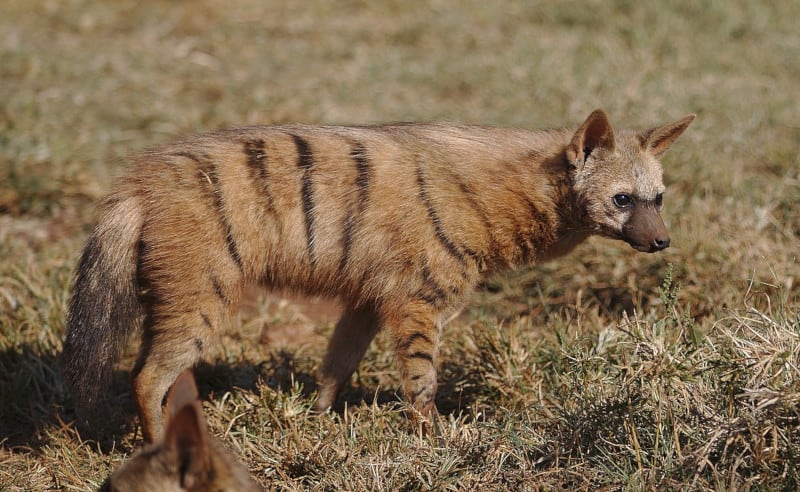
Gray Fox Physical Description
The magnificent animal most frequently known as the Gray Fox manages to pack all this awesomeness into a relatively small body. This fact merely serves to prove the point that physical size remains wholly irrelevant when considering the impressiveness of any species.
Unlike many of its relatives around the world, however, this creature displays little noticeable degree of the physiological characteristic of sexual dimorphism. This fact further applies to both physical size, and color patterns. The precise reason for this, though, remains unknown.
Due to this, distinguishing the separate genders from a safe distance frequently proves to be difficult, even for trained observors. The average adult, though, reaches a body length of between 19.1 – 26.9 in (48.5 – 78.2 cm). The long tail, though, adds an extra 10.8 – 17.4 in (27.5 – 44.3 cm).
The weight of individual specimens, however, tends to vary quite significantly. This measurement often ranges from as little as 7.9 lb (3.6 kg), to as much as 15.4 lb (7 kg). Exceptional specimens do occur on occasion, though, These sometimes reach a weight of up to 20 lb (9.1 kg)!
The most common color pattern of the Gray Wolf also presents a striking image to the viewer, as well. The upper parts typically display a somewhat grizzled pattern, with a black stripe extending to the end of the tail. It also manifests an off-white on the throat, chest, belly, hind legs, and ears.
- Kingdom: Animalia
- Phylum: Chordata
- Class: Mammalia
- Order: Carnivora
- Family: Canidae
- Genus: Urocyon
- Species: U. cinereoargenteus
Gray Fox Distribution, Habitat, and Ecology
Fortunately for the amazing Gray Fox, as well as those of us who appreciate Nature, the canid evolved as native to a relatively large swathe of the surface of the globe. In fact, it’s the only known wild canid with a natural range that actually includes both North America and South America.
More precisely, however, the wild canine natively inhabits a territorial range that extends as far north as the southern portions of the country of Canada. From there, that area additionally extends through most of the United States, excluding the northwestern mountains of that country.
From there, the wonder’s native territory extends throughout all of Central America, and into the extreme northern portions of Venezuela and Colombia. In all portions of that expanse, though, it displays a decided preference for certain specific types of habitat in which to make its home.
The fascinating animal also displays a decidedly strong preference for areas consisting of mostly wooded, rocky, bushy regions. In some small locations, it manifests a markedly strong fondness for sections of rocky bluffs also possessing a relatively dense covering of brush for its habitat.
Like most of its many known relatives, the Gray Fox evolved as a primarily nocturnal animal. It typically spends most of its days concealed in either burrows, hollow trees, or stumps. It’s also known to be omnivorous, feeding on small prey, insects, and certain local plants, especially fruit.
In one manner, however, this extraordinary animal remains completely unique among its many kindred. That’s due to the fact that it’s the only known canid to routinely climb trees! There, it often sits and makes itself at home as high as 30 ft (9.1 m) up in the branches, and climbs like a cat.
Species Sharing Its Range


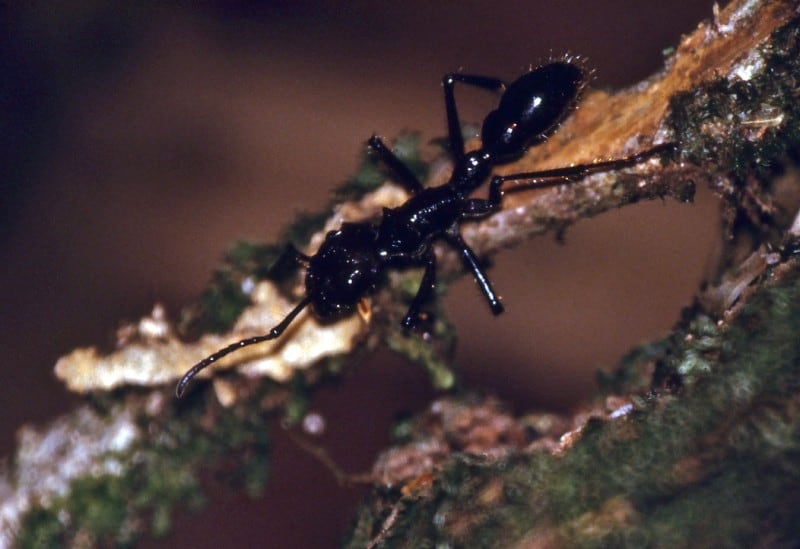
Check out our other articles on 7 Spectacular Indonesian Species, Zebra Shark, Baatara Gorge waterfall, Guiana Dolphin, Texas Blind Salamander, Giant Wood Moth, Philippine Crocodile
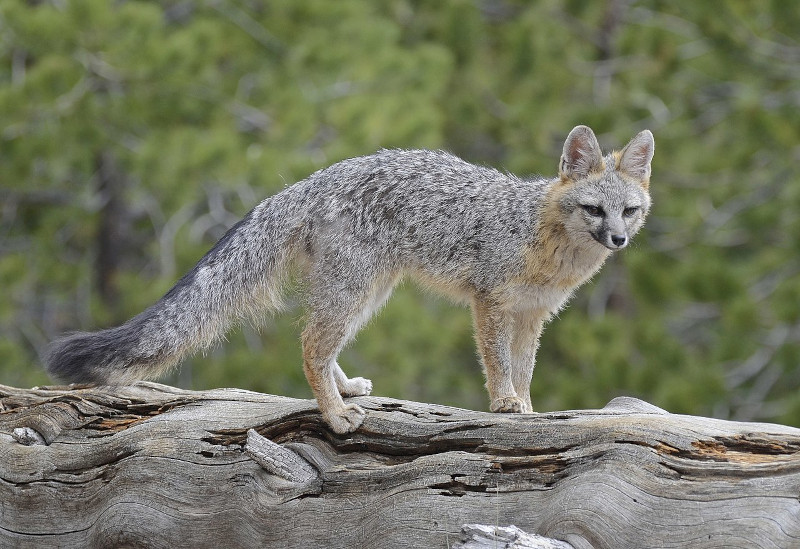
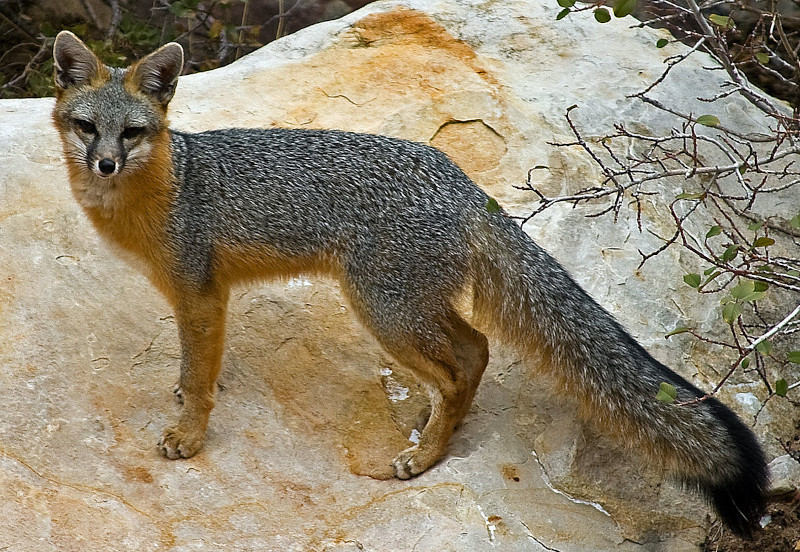










Leave a Reply